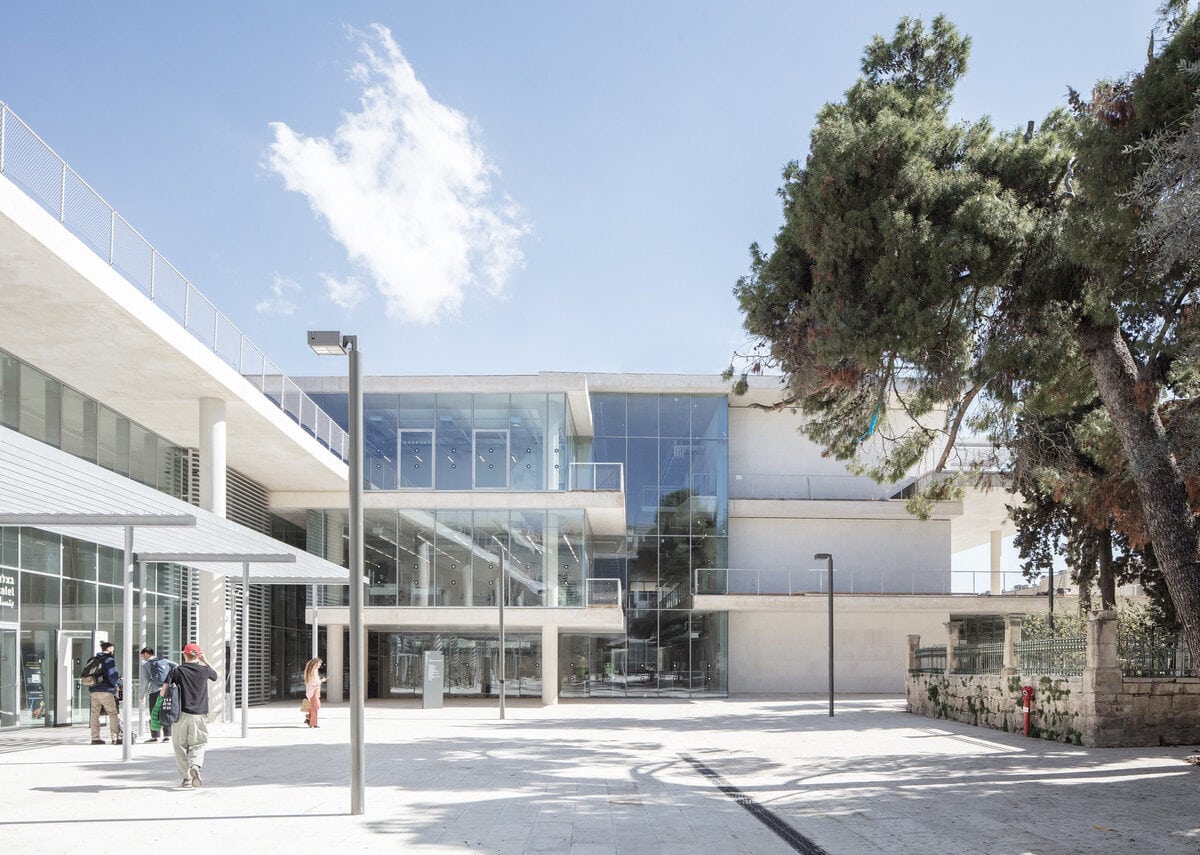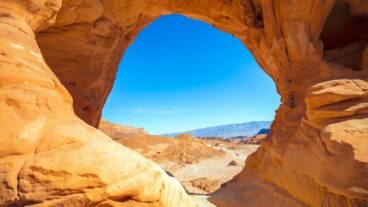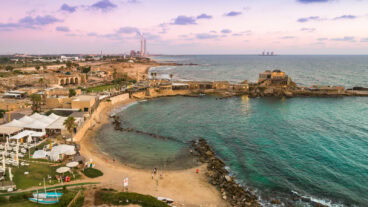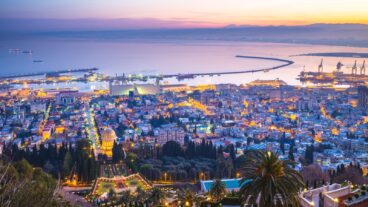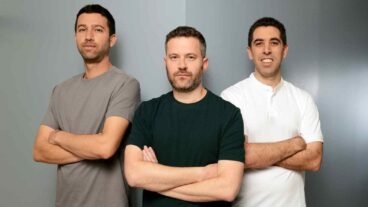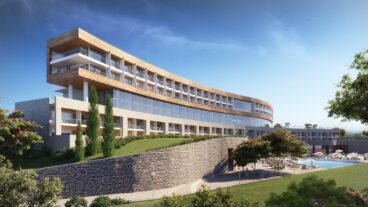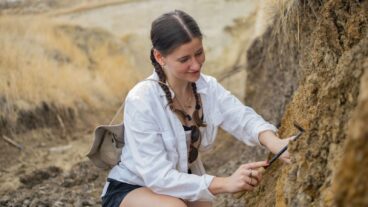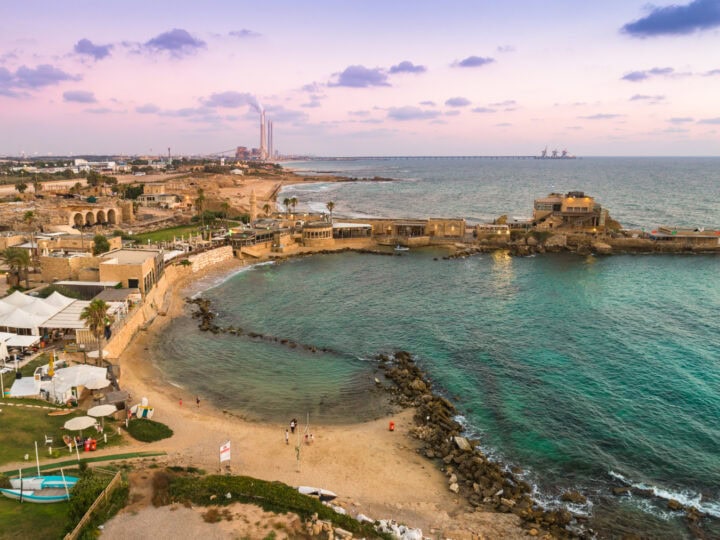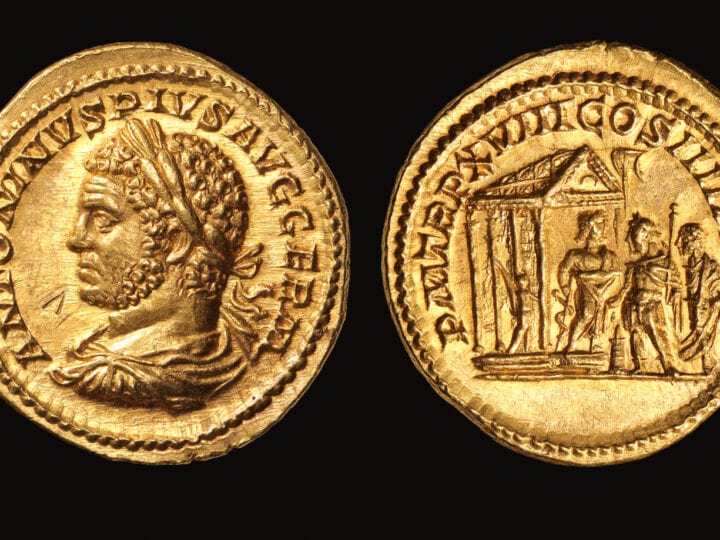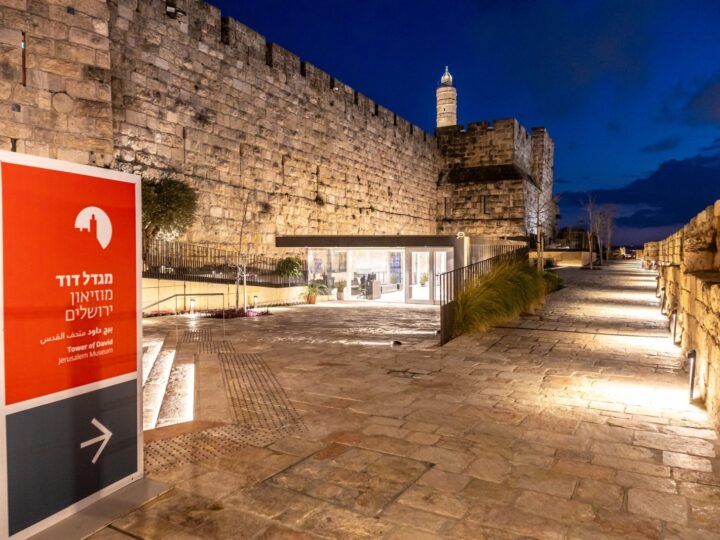It honestly doesn’t matter what time of year you go to Jerusalem; it’s always interesting and beautiful. But even so, Jerusalem in the fall and into the winter does have a special resonance.
Evening temperatures are falling, tourists are returning after a very long, hot summer and the fascinating and complex multicultural city is preparing itself for the many Jewish, Christian and Muslim holidays ahead.
This fall promises to be even busier than usual, as several interesting new locations that combine history with contemporary design and culture are opening in the city, adding fascinating new destinations to an already-packed tourist experience.
Jerusalem Open House, October 19-21, October 26-28
Jerusalem Open House events occur every October and give locals and tourists alike a rare opportunity to explore unusual homes, offices and public buildings throughout the city, often accompanied by the architects who designed them.
The annual event started 17 years ago and this fall includes over 150 sites and tours.
One destination that is likely to be extremely popular is the new campus of Bezalel Academy of Arts and Design on Zmora Street, which will be opening its doors to the public for a series of tours. Founded in 1906, Bezalel is Israel’s oldest institution of higher education, and considered the most prestigious art and design school in the country.
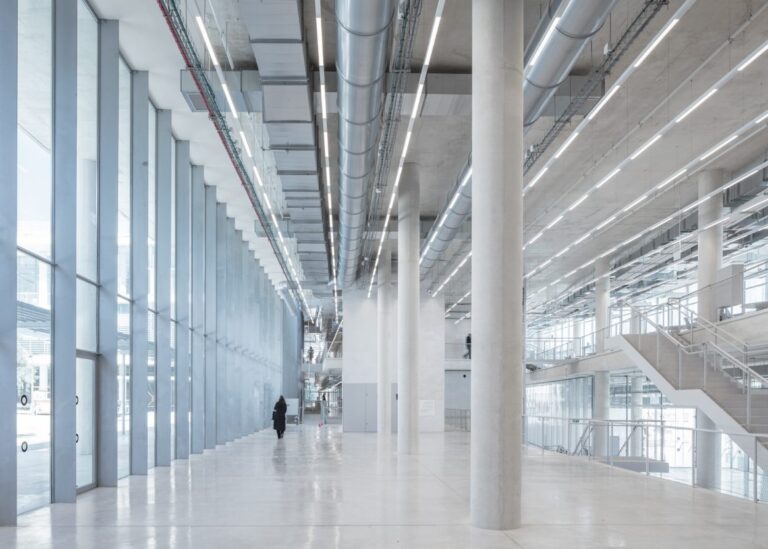
After many years where most of the art school was located on the Mount Scopus campus of the Hebrew University of Jerusalem, the move back to downtown Jerusalem has been widely welcomed, not least because the award-winning new building, constructed primarily of glass, Jerusalem stone, and pale concrete, melds beautifully with its often ancient surroundings.
The six-floor Jack, Joseph, and Morton Mandel New Campus was designed by Tokyo-based SANAA Architects in collaboration with Israel’s Nir Kutz Architects and HQ Architects to embrace its location in the center of Jerusalem.
It has panoramic views in every direction of the Old City, the Russian Compound, and the city center, giving students extraordinary vistas of inspiration.
The campus is nearly 43,000 square meters, though it doesn’t give that impression. The choice of glass for most of the building façade and for the classrooms, exhibits and hallways is deliberate, making almost the entire school visible from the outside and enabling students to interact with their surroundings in a far more intimate way.
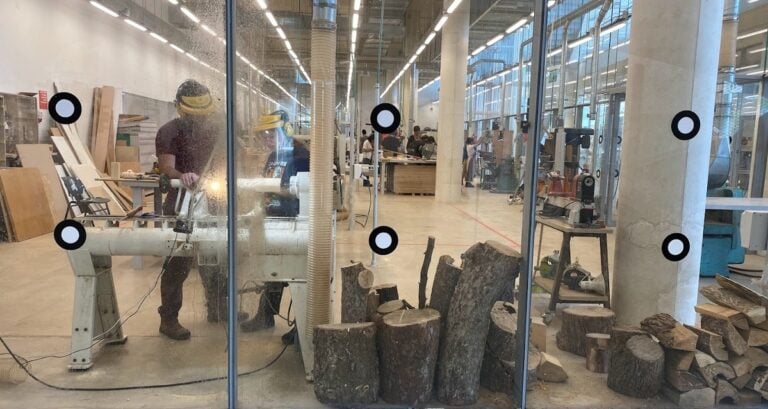
Tiny Living
Elsewhere on this year’s tour circuit of Open House, you can enjoy a visit to an apartment designed by architect and former Bezalel student, Shiran Ishay, in a small preserved apartment block in the Greek Colony, one of Jerusalem’s smallest neighborhoods.
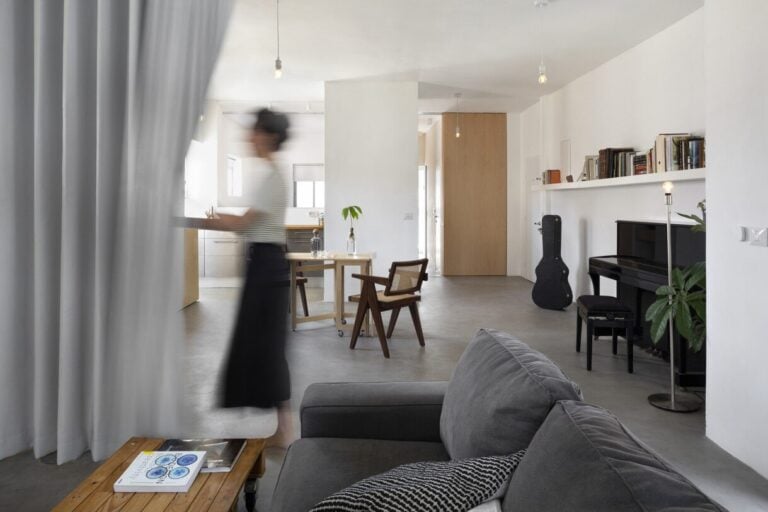
At first glance, the apartment looks simple and elegant, but not that different from many other apartments around Israel. It’s as soon as the built-in cupboards start to open that you understand the thought that has gone into turning this small 70-meter home into a complex apartment that can accommodate all the needs of Ishay and her partner, Harel Pradelsky.
Ishay calls the design “oneness and otherness.” The idea is to explore how a shared space can be both whole and divided to meet the needs of the individuals living in it.
The living room furniture is on wheels so that it can be moved as needed. A fabric screen that separates the room to give more privacy is hidden in one cupboard, while small tables and chairs that can be pulled out to make a huge Shabbat dinner table are concealed in others.
Everything has been measured precisely, including suitcases and an ironing board, so that they can be stored easily out of view. Every inch of the apartment has been utilized and thought out, with cupboard space introduced wherever possible.
Ishay lived in Japan for some time, and admits she was inspired by Japanese living, which is usually in tiny apartments where screens are used to separate personal and public areas.
“A 70-meter apartment is considered small here, but in Japan this wouldn’t be considered small at all,” she says.
Other buildings included in Open House this year include private homes in Yemin Moshe, a tour of the community garden at the National History Museum, and the spectacular new National Library of Israel. The library will host a series of public tours through the winter.
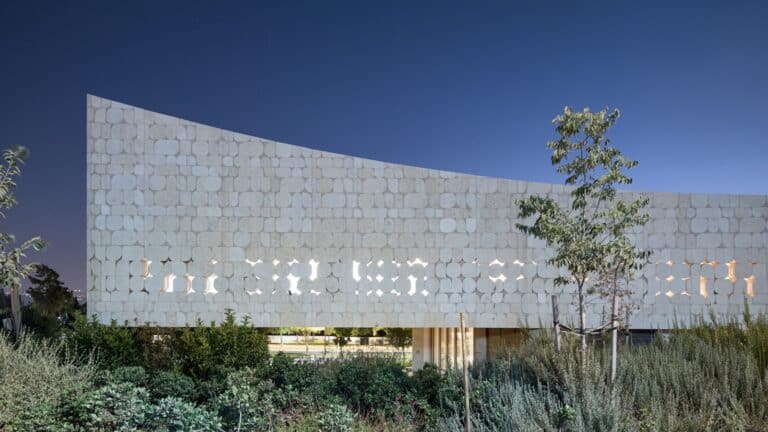
Zedekiah’s Cave
After three years of renovation, the wonderful Zedekiah’s Cave (or Solomon’s Quarries) has finally reopened with a new and visually stunning sound-and-light show.
The cave, which is 20,000 square meters and runs the length of five city blocks underneath Jerusalem’s Old City, is an old limestone quarry carved out over a period of several thousand years.
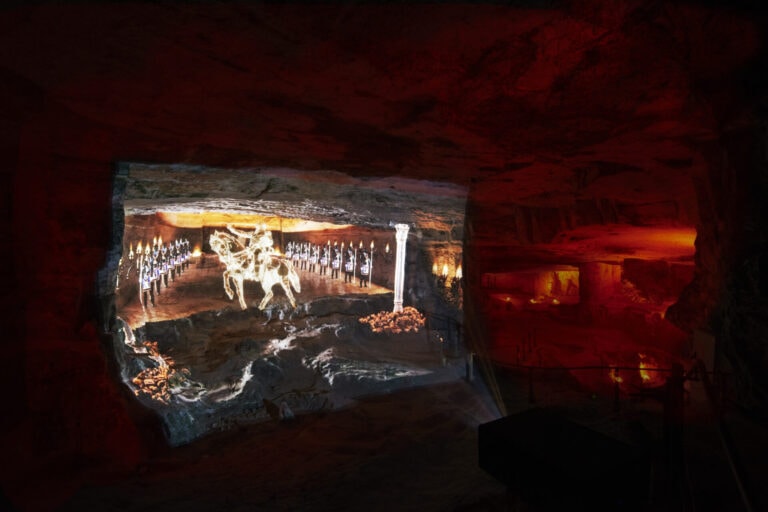
The new immersive show takes visitors on a tour through the enormous cave and brings to life the biblical tale of King Zedekiah, a Judean king from the sixth century BCE, who supposedly hid in the cave to escape Babylonian soldiers during the siege of Jerusalem.
The lightshow is beautiful to see, but the cave itself, which is thought to be a remnant of the largest quarry in Jerusalem, doesn’t need much theatrics to be awe-inspiring.
Herod the Great used the quarry to hew building blocks to renovate the Second Temple and its retaining walls – including the Western Wall. Herod Agrippa I and Suleiman the Magnificent are also thought to have mined the quarry. It was sealed around 1540 because of security concerns.
In 1854, it was rediscovered by accident, when a US missionary’s dog fell through a hole into the cave. By the 1920s it was already becoming a tourist attraction and during the Second World War was used as a bomb shelter. In the mid-1980s, paths and lights were installed around the cavern to ease tourist access.
Jerusalem is built on layer upon layer of history, and like the Western Wall tunnels, this cave – which you enter through a small door just beneath the Old City wall – gives you a visceral feel for just how ancient this city is.
The 300-foot-long auditorium-like chamber is also used for events and performances and over the years has hosted musicians like Yoni Rechter, Ehud Banai, Eviatar Banai and Berry Sakharof. It has remarkable acoustics and probably rates as one of the most unusual locations in Israel for a concert.
Look out for the graffiti in several languages from the 1800s, and the wild mushrooms that sprout implausibly from the steps far down in the cave.
Tastes of Heaven: Tales from the Arab Kitchen, Museum of Islamic Art
Everyone is always arguing about whether foods like hummus, shish kebab and falafel can really be called Israeli food, or whether they are Arabic.
Well, this exhibition at the Museum for Islamic Art provides a definitive answer – they are both.
In the sixth century, Arab tribes began to conquer the Levant and the Mediterranean, and as they did so, they brought their culinary traditions.
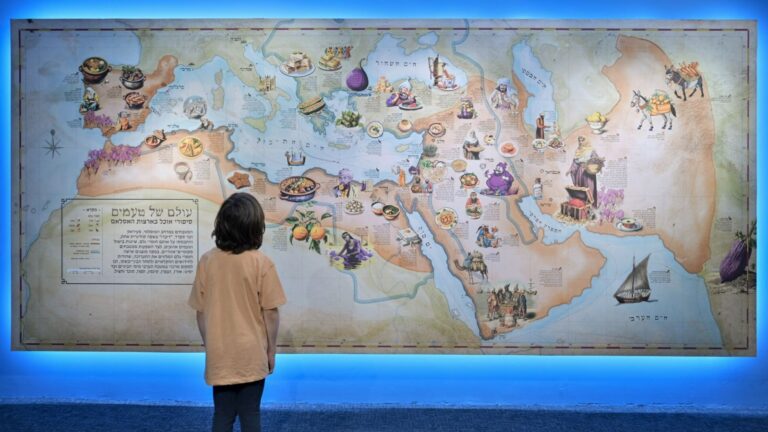
A large mural at the entrance to the exhibition gives a perfect visual explanation. As these nomadic tribes came into contact with local populaces, whether Jewish, Christian or pagan, their foods were adopted and adapted to fit local tastes, creating a new blended cuisine.
Curated by Limor Yungman and Adi Namia-Cohen over two and a half years, the exhibition takes a look back through the last 1,000 years to explore the birth, evolution and formation of Arab cuisine.
It examines the diverse foods, ingredients and cooking techniques used, from tharid, the Prophet Muhammad’s favorite dish, through to hummus, mujaddara (a rice and lentils dish) and muhallabiya or malabi – a fragrant rosewater-flavored pudding beloved by Israelis.
It also shows how kebabs went from being an elitist dish to today’s street food.
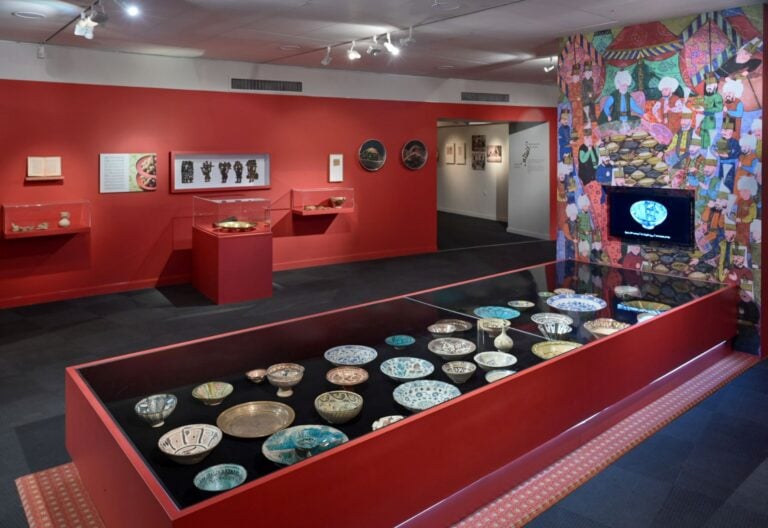
It’s a fascination exploration of the culture of Arab cuisine, and also includes ancient recipe books from the 13th and 14th centuries, scales designed to stop merchants cheating customers and decorative dishes from a range of periods. Videos depict contemporary chefs cooking some of the old recipes.
Be prepared: this exhibition is going to make you hungry.
The Museum for Islamic Art, which opened in Jerusalem in 1974, is always a great destination. It houses one of the most important collections of Islamic art in the world, and is the only one of its kind in Israel.
The collection spreads over six galleries and in the basement you can find one of the most significant watch and clock collections in the world.
The Tastes of Heaven exhibition opened on July 14 this year, and will close next May.
CityView Restaurant
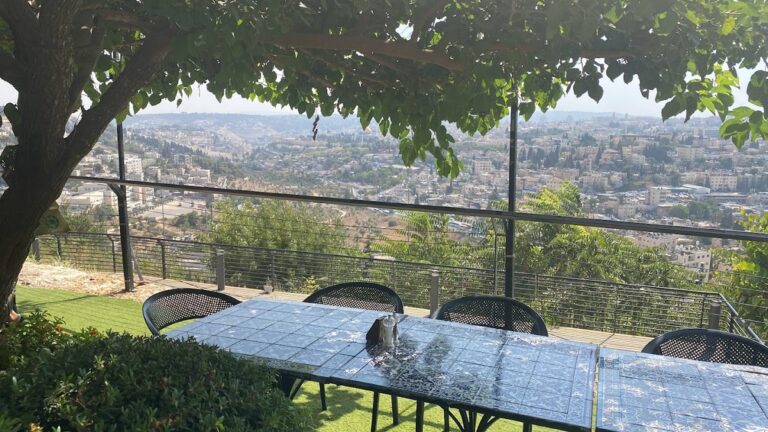
Not a new destination, but if you’ve just got up an appetite from all that Arabic cuisine at the museum, then the CityView Restaurant on Mount Scopus is an ideal next stop.
The East Jerusalem restaurant (not kosher) focuses on traditional dishes from throughout the Middle East and Levant area, dishes like Armenian sujuk, Moroccan shakshuka, Jerusalem burrata and Lebanese Fattoush.
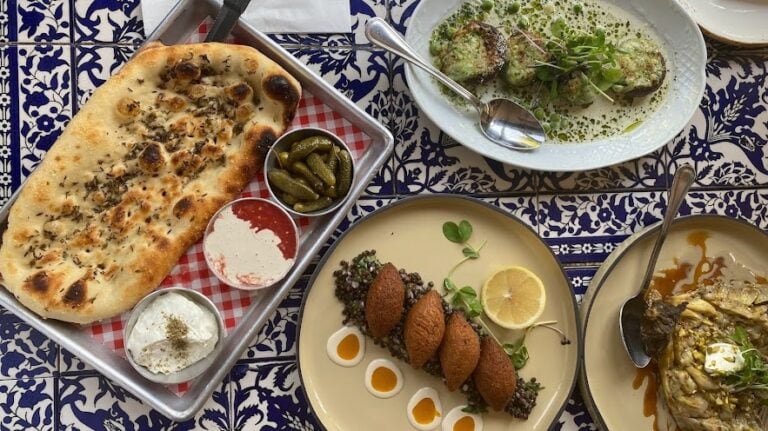
In many ways, it’s the taste version of the Tastes of Heaven exhibition and the enthusiastic staff are happy to explain everything about the food, where it comes from, and when it’s traditionally eaten.
And aside from the food, which is excellent, there’s also the view – a sweep of Jerusalem skyline including the Temple Mount.
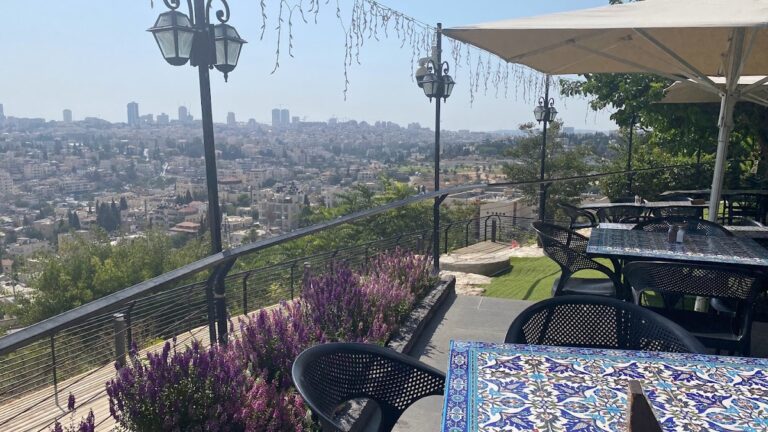
Try the chicken muhamar – a dish baked like a pizza with sumac, onions, tahini, tomatoes and chicken thighs — or the kebabs baked in bread. And don’t miss the restaurant’s signature dessert, fattoum, a vanilla parfait served with roasted katayef noodles, pistachio and a salty toffee sauce. Mmm.




